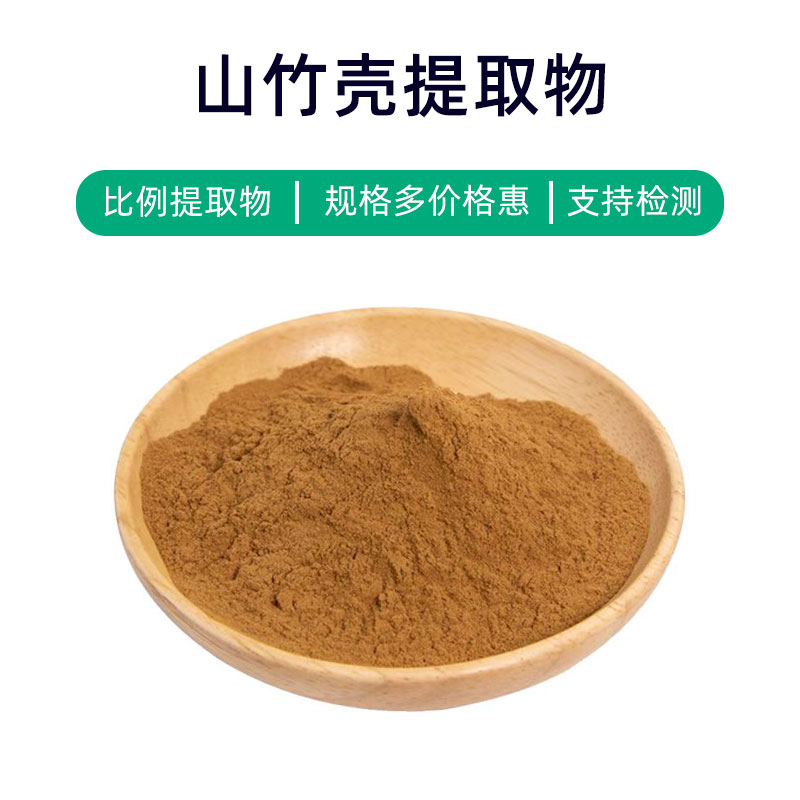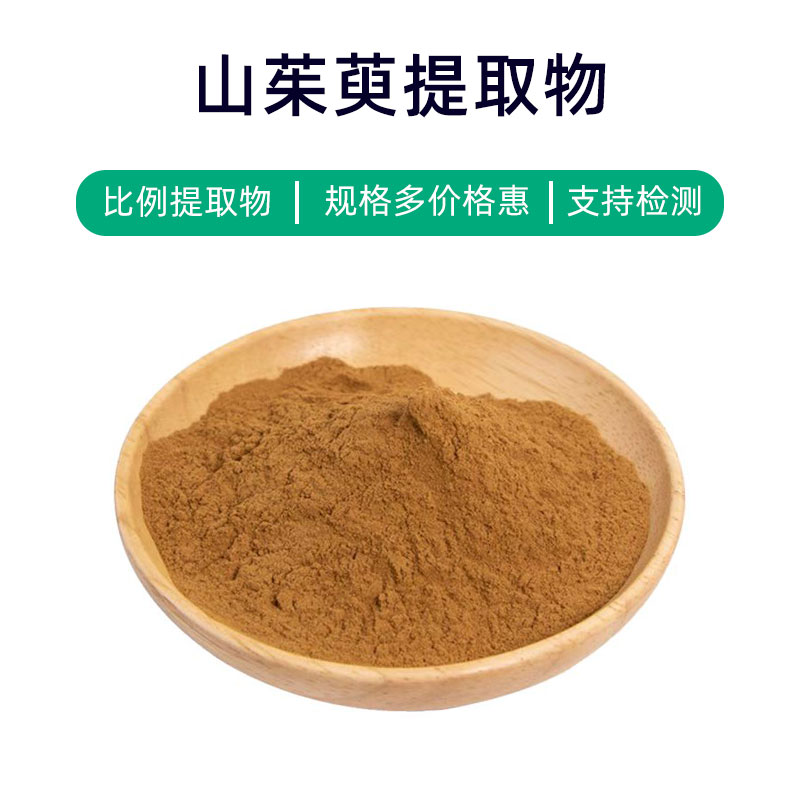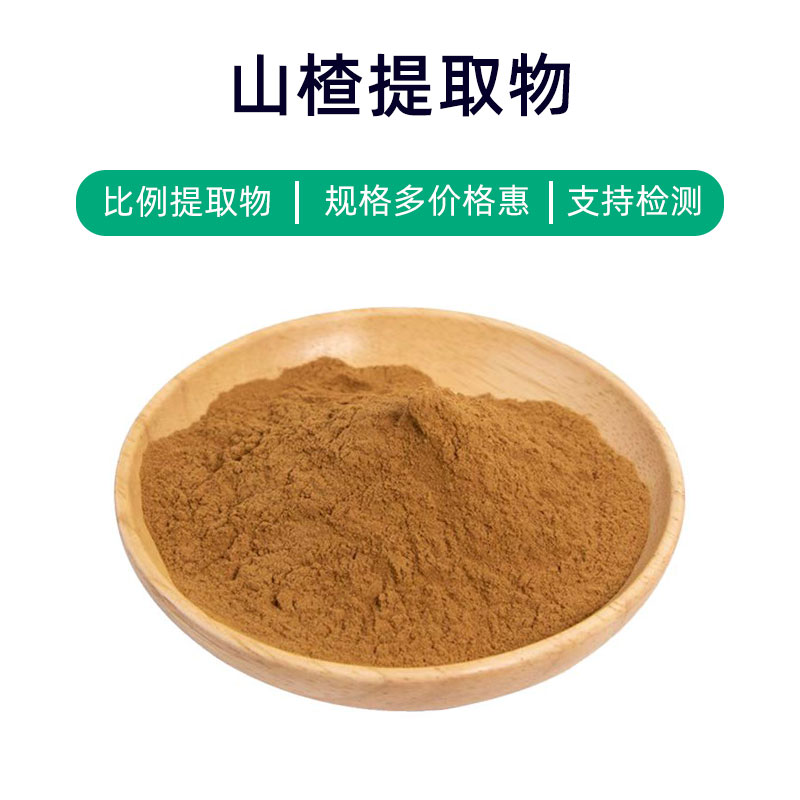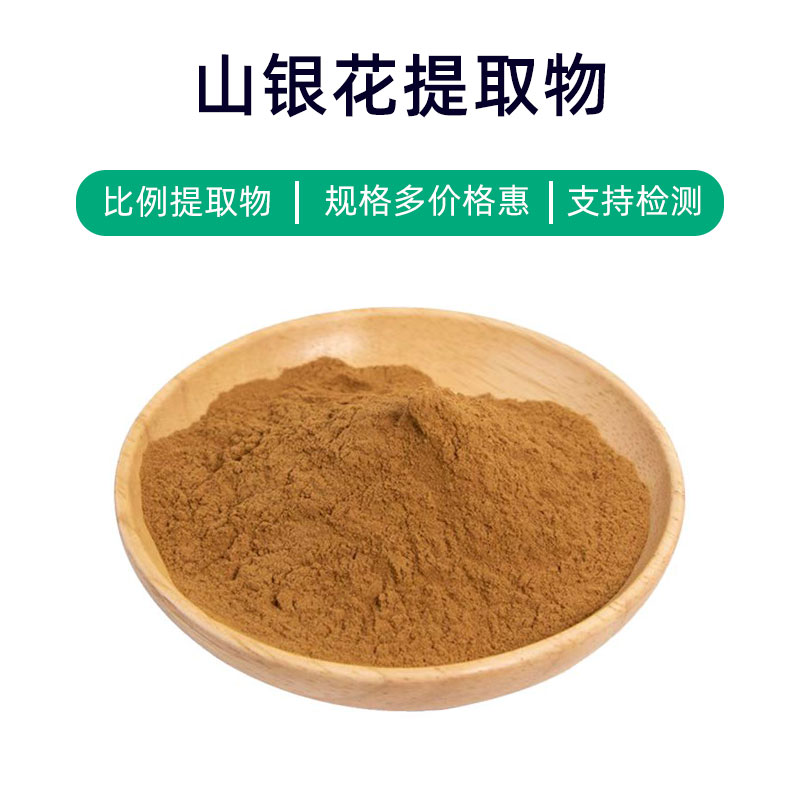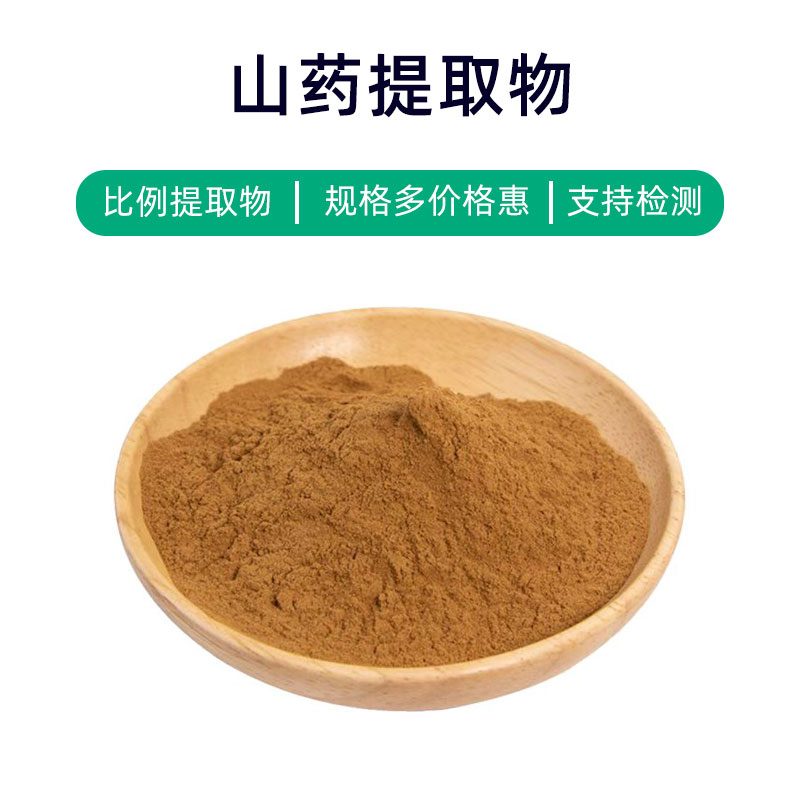Introduction to Ophiopogonis Extract
Ophiopogonis extract is a natural plant extract derived from the underground tubers of the Mai Dong plant, primarily containing bioactive substances such as Ophiopogonin, Ophiopogonis Polysaccharides, and Ophiopogonin G. It is commonly used in the fields of pharmaceuticals, health supplements, and cosmetics.
This extract has multiple health benefits, the most notable being its ability to moisturize the lungs, clear heat, produce fluids, and quench thirst. Its rich active ingredients help improve lung health, promote water balance within the body, alleviate dry cough, and dry mouth symptoms, and it possesses certain antioxidant properties that protect cells from oxidative stress.
In medicine, Ophiopogonis extract is frequently formulated into tonic and lung-soothing traditional Chinese medicine prescriptions to treat symptoms like lung heat cough and dry throat. In health supplements, it is used as a nourishing component, often found in products that promote lung health and tranquility. In cosmetics, Ophiopogonis extract is added to skincare products to improve skin dryness and sensitivity, providing hydration and soothing effects.
In summary, as a natural plant extract, Ophiopogonis extract has broad application prospects that effectively support health and beauty.
Production Process for Ophiopogonis Extract
The production process of Ophiopogonis extract typically involves the following major steps:
- Raw Material Preparation: Select fresh Mai Dong tubers as raw material, ensuring quality standards are met. Clean and slice them to prepare for the extraction process.
- Extraction of Active Ingredients: Add the processed tubers to an appropriate solvent, such as water or ethanol, and extract at suitable temperature and time. Common extraction methods include soaking and ultrasonic extraction.
- Concentration: Concentrate the extracted liquid to remove excess solvent, resulting in a concentrated Ophiopogonis extract.
- Filtration and Purification: Filter the concentrated extract to remove impurities and solid particles, followed by further purification to enhance product purity and activity.
- Drying: Dry the purified Ophiopogonis extract to convert it into powder or granule form. Common drying methods include spray drying and vacuum drying.
- Packaging: Package the dried Ophiopogonis extract in sealed containers to prevent moisture, oxidation, or other contaminants.
- Quality Control: Throughout the production process, rigorous quality control should be implemented, including inspections and tests of raw materials, intermediates, and final products to ensure compliance with relevant quality standards and regulations.
This process results in high-quality and high-purity Ophiopogonis extract for use in pharmaceuticals, health supplements, and cosmetics.
Benefits and Side Effects of Ophiopogonis Extract
Ophiopogonis extract, as a natural herbal extract, is widely used in traditional Chinese medicine and is gaining attention in modern scientific research. Here are its main benefits and potential side effects:
- Moisturizing and Soothing: Ophiopogonis extract is believed to nourish and moisturize, addressing symptoms like dry mouth, thirst, and dry throat, particularly suitable for individuals with yin deficiency and excess heat.
- Lung Support and Cough Relief: Containing multiple nutritional components, Ophiopogonis extract has lung-soothing properties, useful for treating coughs and asthma.
- Immune Regulation: Research shows that Ophiopogonis extract may have immune-modulating effects, strengthening the body's immune function and enhancing resistance.
- Blood Sugar Reduction: Active components in Ophiopogonis extract have been found to help lower blood sugar, assisting in diabetes management.
- Liver Protection: Some studies indicate that Ophiopogonis extract offers protective effects on the liver, potentially alleviating liver damage and improving liver function.
- Sleep Improvement: Ophiopogonis extract is thought to have calming effects, helping alleviate insomnia and excessive dreaming.
- Antioxidant Properties: Rich in antioxidants, Ophiopogonis extract may eliminate free radicals and slow down cellular aging, possibly offering some protection against conditions like Alzheimer's disease.
- Blood Pressure Regulation: Some studies suggest that Ophiopogonis extract can help regulate blood pressure, aiding in lowering hypertension.
Generally considered a relatively safe herbal extract, users should still be aware of potential side effects and precautions:
- Allergic Reactions: Some individuals may be allergic to certain components, leading to skin itching or rashes.
- Adverse Reactions: Long-term or excessive use may cause digestive discomfort and diarrhea.
- Caution for Pregnant Women: Pregnant individuals should use Ophiopogonis extract cautiously, especially in high doses, to avoid impacting fetal development.
- Drug Interactions: When taking along with other medications, be cautious of potential interactions that might lead to adverse reactions.
Overall, while Ophiopogonis extract offers various health benefits, it is important to follow medical advice and avoid potential side effects.
Applications and Dosage of Ophiopogonis Extract
As a traditional Chinese herb, Ophiopogonis extract holds substantial medicinal value and is widely applied in the fields of medicine, food, and cosmetics.
Medical Applications and Dosage:
- Moisturizing the Lungs: Ophiopogonis extract is commonly used for treating symptoms of yin deficiency and throat dryness. It’s typically prepared as a decoction, with a daily dosage of 10-15 grams, adjustable based on individual needs.
- Heat Clearance and Detoxification: In traditional Chinese medicine, Ophiopogonis extract also has heat-clearing and detoxifying properties, used for treating fevers and sore throats. Medicinal forms such as granules or oral liquids are usually administered as directed by a healthcare professional.
- Heart Nourishment and Calming: Ophiopogonis extract is believed to nurture the heart and calm the mind, addressing issues like insomnia and vivid dreaming. A common method is to brew the extract in water for consumption, typically 5-10 grams per dose, taken 2-3 times.
Food Applications and Dosage:
- Health Supplements: Ophiopogonis extract is frequently included in health supplements like beverages and nutritional products. It is advisable to follow the dosage instructions provided on the product label, adhering to manufacturer recommendations.
- Food Additive: It can also serve as a food additive to enhance nutritional value. During food production, an appropriate amount can be added, with specific quantities based on formulation and production processes.
Cosmetic Applications and Dosage:
- Skincare Products: Ophiopogonis extract is commonly found in skincare products for its ability to hydrate and soothe the skin. It’s typically added in suitable amounts to creams and lotions, used as per product instructions.
- Hair Care: Ophiopogonis extract can also be incorporated into hair care products, helping alleviate scalp dryness and frizz. It’s regularly added to shampoos and conditioners following product guidelines.
In summary, Ophiopogonis extract has broad applications in medicine, food, and cosmetics, but users should be mindful of dosage and usage methods, following professional guidance or product instructions to ensure safety and effectiveness.
Overview of the Ophiopogonis Plant: Source, Distribution, and Growth Environment
Ophiopogon (Scientific Name: Ophiopogon japonicus) is a perennial herb belonging to the lily family and is one of the commonly used medicinal plants in traditional Chinese medicine. Here is an overview of its source, distribution, and growth environment.
Plant Source Overview:
Ophiopogon is an evergreen herb with creeping rhizomes, and the entire plant is fleshy with long, linear leaves that are smooth and shiny. It blooms in summer, producing small light purple flowers with a long bloom period. The fruit is a berry that ripens to a dark blue-black color.
Distribution:
Ophiopogon is primarily distributed in China, Japan, North Korea, and South Korea, with the most extensive cultivation occurring in China. In China, it is mostly found in southern regions, including Jiangsu, Zhejiang, Anhui, Jiangxi, Fujian, Guangdong, and Guangxi provinces.
Growth Environment:
- Climate Requirements: Ophiopogon thrives in warm and humid climates and is sensitive to temperature and humidity. The optimal growing temperature ranges from 15°C to 25°C, and it is not resistant to cold in winter and is sensitive to frost.
- Soil Requirements: Ophiopogon prefers loose, fertile, well-drained sandy loam or loamy soil, with a preference for slightly acidic to neutral conditions.
- Light Conditions: While Ophiopogon enjoys ample sunlight, it can also grow in partial shade, where moderate light facilitates nutrient accumulation and growth rate.
- Altitude Distribution: Ophiopogon can be found at various altitudes, typically thriving in low to mid-altitude mountainous regions, generally between 100 and 1500 meters above sea level.
- Reproduction Methods: Ophiopogon mainly reproduces through division and sowing. Division is the primary method, as new plants form from creeping rhizomes. Sowing reproduction is applied when expanding cultivation is needed.
As a shade-tolerant and drought-resistant plant with strong soil adaptability, Ophiopogon is commonly cultivated in southern China, especially in hilly and mountainous areas. In traditional Chinese medicine, the rhizome and above-ground parts of Ophiopogon are often used as medicinal materials, valued for their functions in nourishing and moistening the lungs and clearing heat and toxins.
Processing and Storage of Ophiopogonis Extract
The processing of Ophiopogonis extract mainly includes the following steps: First, freshly harvested Ophiopogon is cleaned and impurities are removed; next, the cleaned plant is sliced or chopped for extraction; then, an appropriate extraction method (such as water or ethanol extraction) is employed to extract effective components from the Ophiopogon; finally, the resulting extract undergoes filtration, concentration, and drying to obtain the final Ophiopogonis extract product.
For storage, Ophiopogonis extract should be kept in a cool, dry, and well-ventilated area, avoiding direct sunlight and humid conditions. It is recommended to use sealed containers or packaging to prevent exposure to air, light, and moisture, thereby extending its shelf life. Regularly check the appearance and aroma of the Ophiopogonis extract to ensure its quality and safety.
Monica Sun is a seasoned expert in the plant extraction industry with over a decade of experience in research and production. She specializes in the extraction and purification of plant active ingredients, focusing on driving innovation in natural product applications. Monica has participated in the development of multiple functional plant extracts, delivering high-value natural raw material solutions for the health food, pharmaceutical, and dietary supplement sectors.









